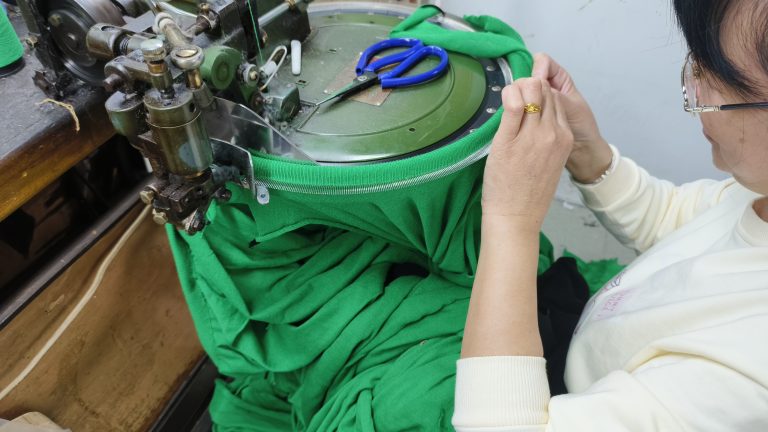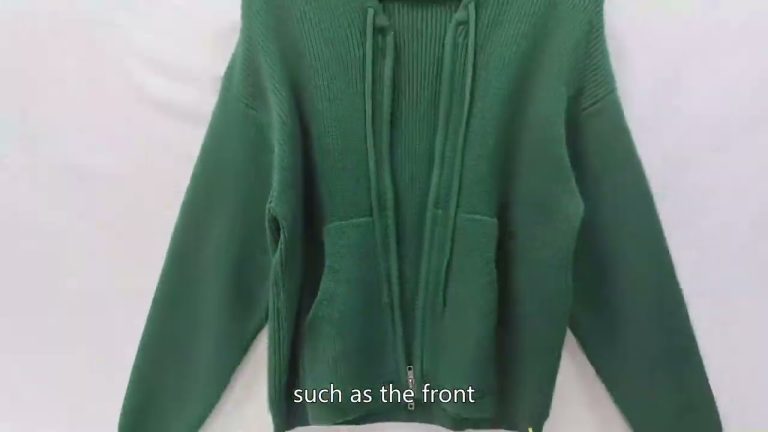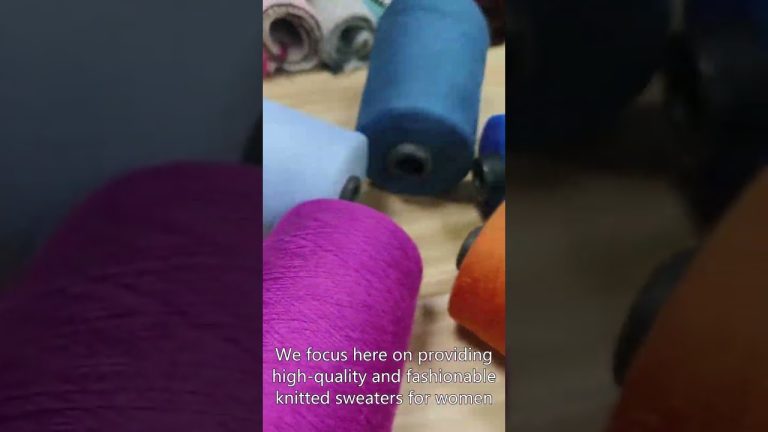The Process of Manufacturing knitwear Threads
Knitwear is a popular choice for clothing due to its comfort, flexibility, and warmth. The process of manufacturing knitwear threads involves several steps to ensure the quality and durability of the final product. One of the key components in this process is the industrial jumper box, which plays a crucial role in creating the knit fabric that is used to make various garments.
The manufacturing of knitwear threads begins with the selection of high-quality raw materials. Cotton, wool, and synthetic fibers are commonly used in the production of knitwear threads. These materials are carefully inspected and tested to ensure that they meet the required standards for strength, color, and texture.
Once the raw materials have been selected, they are processed through a series of machines to create the yarn that will be used to make the knit fabric. The yarn is spun and twisted to give it the desired thickness and strength. This process is crucial in determining the quality of the final product, as the yarn must be strong enough to withstand the rigors of knitting and wear.
After the yarn has been spun and twisted, it is dyed to achieve the desired color. Dyeing is a complex process that requires precision and expertise to ensure that the color is evenly distributed throughout the yarn. The dyed yarn is then dried and wound onto spools for further processing.
The next step in the manufacturing process is knitting the yarn into fabric. This is where the industrial jumper box comes into play. The jumper box is a machine that is used to knit the yarn into fabric by interlocking loops of yarn together. This process creates a stretchy and flexible fabric that is ideal for making knitwear garments.
The industrial jumper box is equipped with multiple needles that work together to create the knit fabric. The needles move up and down in a precise pattern to form the loops of yarn that make up the fabric. The speed and tension of the machine can be adjusted to create different types of knit fabrics, from fine and delicate to thick and bulky.

| womens thin cardigan manufacturer | embroidery sweater manufacturer |
| sweater triko Maker | sweater brown Producer |
| with sweater producer | knit sweater cashmere producer |
| santa claus sweater Producer | thermal sweater manufacturer |
| Knitwear manufacturers manufacturer | toggle sweater manufacturer |
| un sueter Producer | ladies knit vest top manufacturer |
| jumper winter Maker | pattern cardigan manufacturer |
Once the fabric has been knitted, it is inspected for any defects or imperfections. Any flaws are repaired or removed before the fabric is sent for finishing. Finishing processes such as washing, drying, and pressing are used to give the fabric its final appearance and texture.
After the fabric has been finished, it is ready to be cut and sewn into garments. The fabric is carefully laid out and cut according to the pattern of the garment. The pieces are then sewn together using specialized machines to create the final product.
In conclusion, the manufacturing of knitwear threads is a complex process that requires precision, expertise, and attention to detail. From selecting high-quality raw materials to knitting the fabric on an industrial jumper box, each step plays a crucial role in creating the knitwear garments that we love to wear. By understanding the process behind the manufacturing of knitwear threads, we can appreciate the skill and craftsmanship that goes into creating these versatile and comfortable garments.
Industrial Jumper Box in the Manufacturing Process
When it comes to the manufacturing of knitwear threads, the process is intricate and requires precision and expertise. One crucial component in this process is the industrial jumper box, which plays a vital role in ensuring the quality and consistency of the knit fabric produced. In China, knit fabric manufacturers rely on these jumper boxes to streamline their production and meet the demands of the market.
The industrial jumper box is a key piece of equipment in the manufacturing process of knitwear threads. It is used to feed yarns into the knitting machine, ensuring that the threads are evenly distributed and properly tensioned. This is essential for creating high-quality knit fabrics that are free from defects and inconsistencies. The jumper box also helps to prevent yarn breakage and tangling, which can disrupt the production process and lead to costly delays.
In China, knit fabric manufacturers have embraced the use of industrial jumper boxes to enhance their production capabilities. These jumper boxes are designed to handle a wide range of yarn types and weights, making them versatile and adaptable to different manufacturing needs. By investing in quality jumper boxes, manufacturers can improve the efficiency and reliability of their production processes, ultimately leading to higher-quality knit fabrics that meet the standards of the industry.
One of the key benefits of using an industrial jumper box is its ability to increase productivity and reduce downtime. By automating the process of feeding yarns into the knitting machine, manufacturers can speed up production and minimize the risk of errors or defects. This not only improves the overall quality of the knit fabric but also allows manufacturers to meet tight deadlines and fulfill orders in a timely manner.
Another advantage of the industrial jumper box is its ability to improve the consistency and uniformity of the knit fabric produced. By ensuring that the yarns are properly tensioned and evenly distributed, the jumper box helps to create fabrics that are free from imperfections and variations. This is essential for maintaining the reputation of the manufacturer and meeting the expectations of customers who demand high-quality knitwear products.
In conclusion, the industrial jumper box plays a crucial role in the manufacturing process of knitwear threads. In China, knit fabric manufacturers rely on these jumper boxes to enhance their production capabilities and meet the demands of the market. By investing in quality jumper boxes, manufacturers can improve the efficiency, productivity, and quality of their production processes, ultimately leading to the creation of high-quality knit fabrics that meet the standards of the industry.






